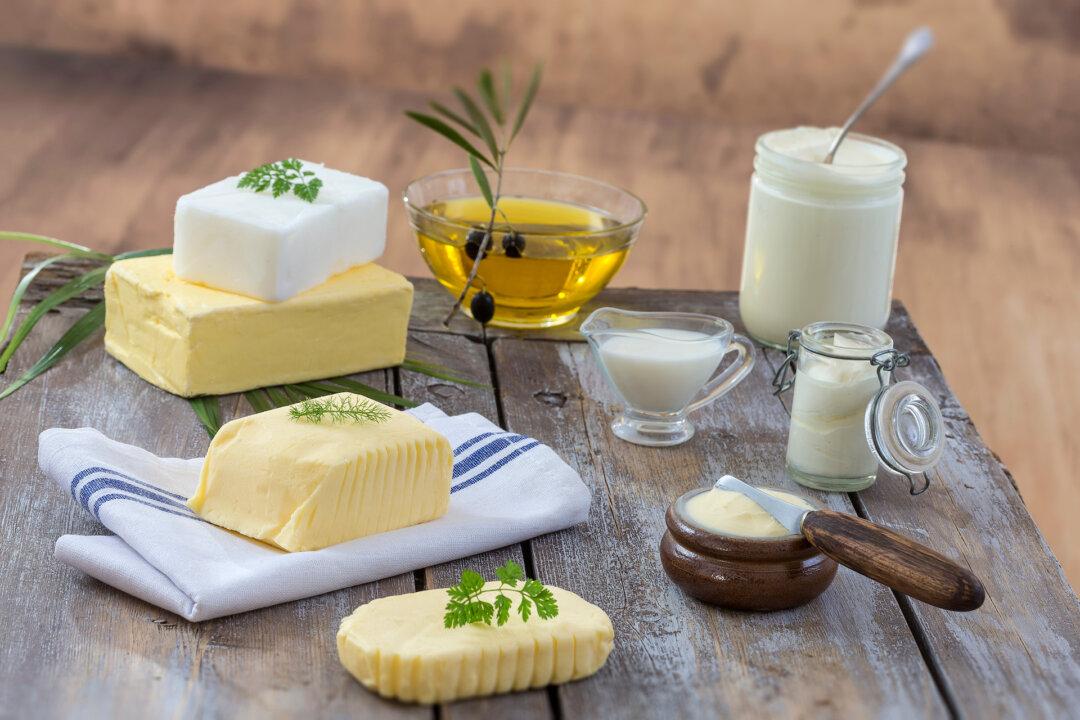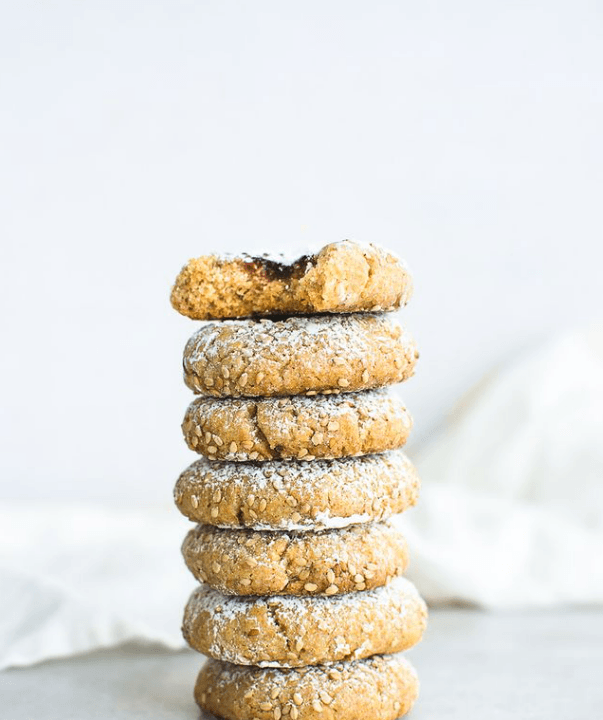Butter’s back. So are tallow, coconut oil, and the golden gloss of ghee. As the tide turns against industrial seed oils, more home cooks are embracing old-school, traditional cooking fats that nourished generations before margarine and soybean oil flooded the market—fries cooked in tallow, butter on biscuits, and even lard in pie crusts.
The return to traditional cooking fats stems from the growing debate about the health benefits and risks associated with highly refined seed oils. Often extracted with high heat and industrial solvents, these oils are high in omega-6 fatty acids, which some research suggests are inflammatory—especially when consumed in excess. Some health advocates point to the growing consumption of seed oils and the increase in chronic illness during the past several decades, prompting an interest in less processed, traditional fats. Of course, the debate rages on, and many researchers, registered dieticians, and other experts have yet to ditch their bottles of canola oil in favor of butter and lard.





